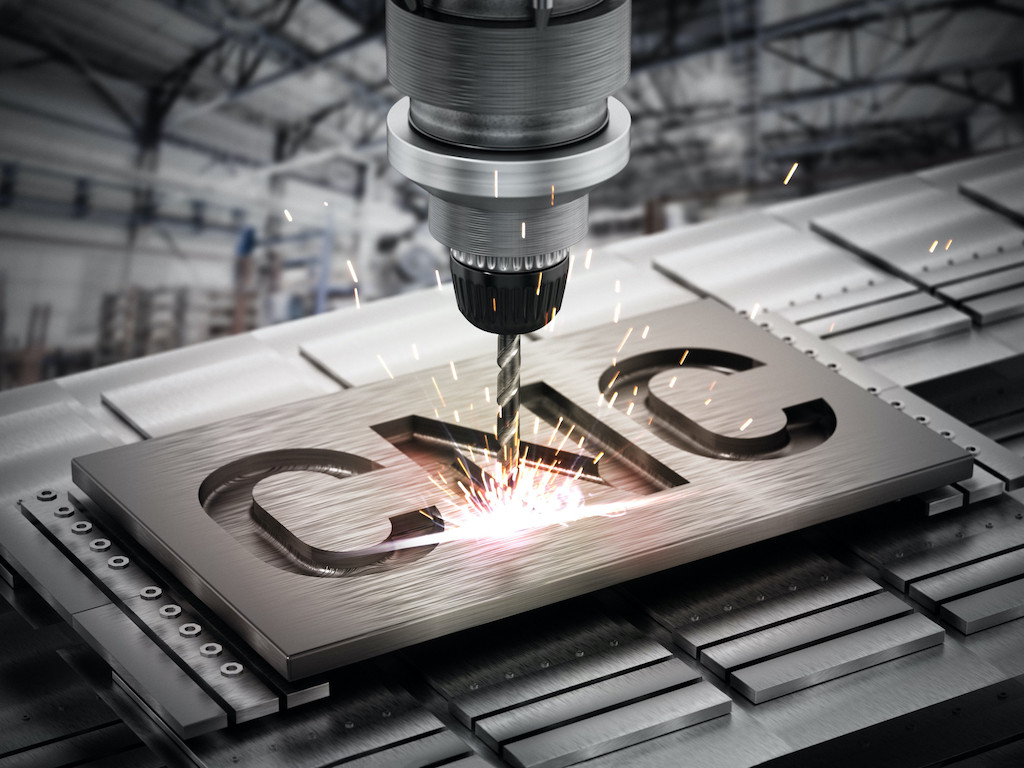CNC

1. Safety Measures
Safety is the foremost consideration when operating CNC machines. Key safety precautions include:
- Personal Protective Equipment: Wear appropriate work clothes, safety goggles, gloves, and earplugs to protect against chips, noise, and other potential hazards.
- Understanding the Machine: Familiarize yourself with the different parts and functions of the machine before operating, especially the location of the emergency stop switch.
- Following Operating Procedures: Each CNC machine has its specific operating guidelines. Ensure to follow these to prevent accidents.
2. CNC in Industry
CNC technology plays a pivotal role in modern manufacturing. Understanding the different types of CNC machines and their applications is crucial:
- Types of Machines:
- Milling Machines: Used for cutting metals, plastics, or woods into complex shapes.
- Lathes: Primarily used for rotating workpieces to perform cutting operations, suitable for making symmetrical parts.
- Laser Cutters: Employ high-energy lasers for precise cutting or engraving of materials.
- Areas of Application: CNC technology is widely used across various industries, from automotive manufacturing to aerospace and small-scale maker projects.
3. Checking the Machine, Materials, and Drill Bits
Thorough checks before starting machining are essential:
- Machine Inspection: Ensure the machine is clean and free from damaged or worn parts.
- Material Selection: Choose the right material for your project, such as metal, plastic, or wood.
- Drill Bits and Tools: Select the appropriate tools for the type of material and make sure they are sharp and undamaged.
4. Programming and Simulation
Programming CNC machines is a precise and technical process:
- Understanding G-Code: G-code is the programming language that controls CNC machines. Learning this language is fundamental for controlling machine movements.
- Using CAD and CAM Software: Computer-Aided Design (CAD) and Computer-Aided Manufacturing (CAM) software are used for designing parts and writing machine codes.
- Simulation Runs: Performing simulations using software before actual machining helps identify and correct potential issues, ensuring a smooth machining process.
In summary, CNC is a field that encompasses multiple technical and safety aspects. Learning and applying this knowledge correctly can not only improve production efficiency and quality but also ensure the safety of operators.
CNC
https://nexmaker-fab.github.io/2023zjude-10-36/2024/01/03/CNC/